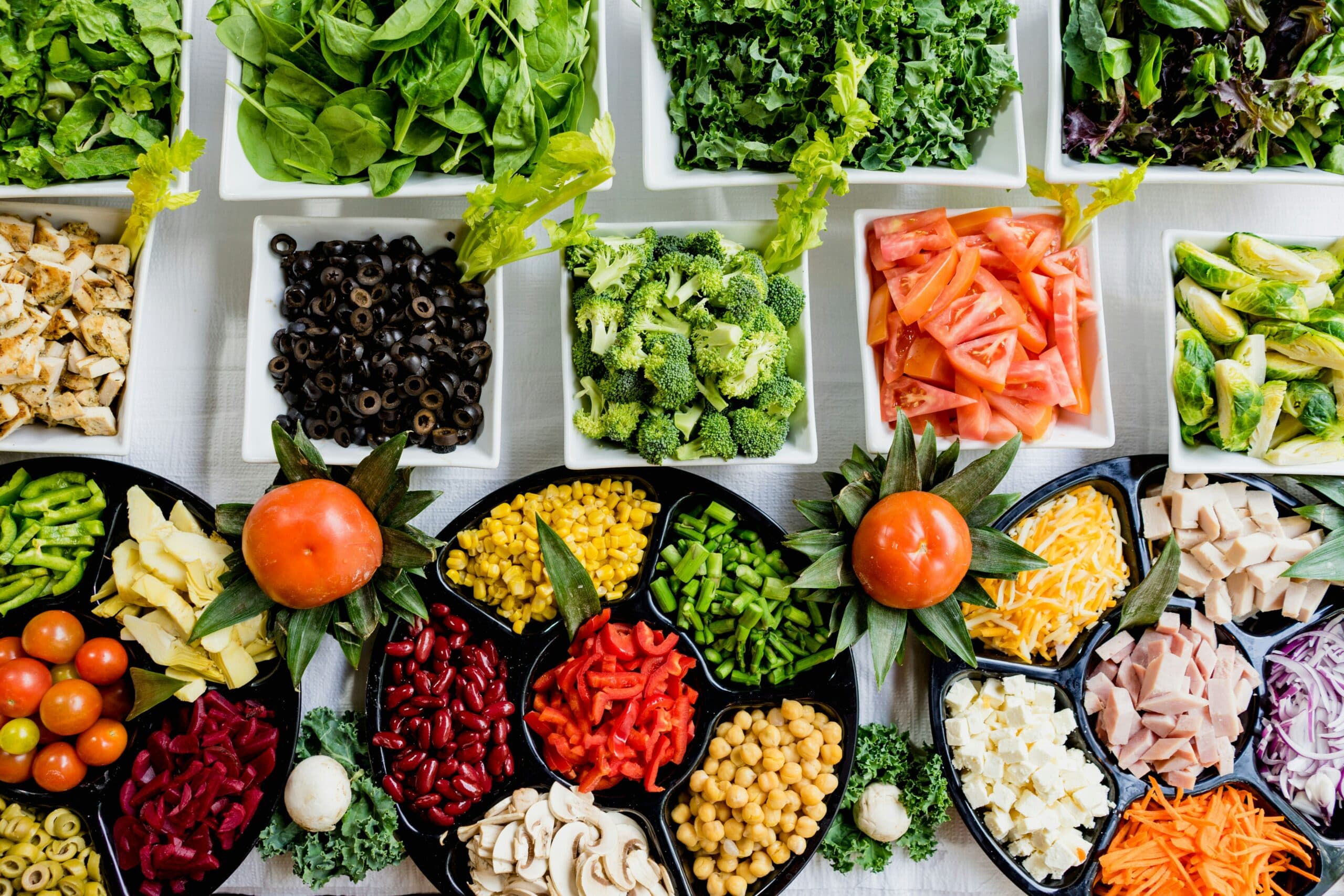
July 12, 2025
Clean Eating Myths Debunked
“Clean eating” has become a major buzzword in the world of health and wellness, but with popularity comes confusion. From social media influencers to supermarket labels, everyone seems to have their own definition of what clean eating means—and what it doesn’t.
This in-depth guide will help you separate fact from fiction by debunking the most common clean eating myths so you can make smarter, more sustainable choices for your health.
🥦 What Is Clean Eating, Really?
At its core, clean eating is about consuming whole, minimally processed foods—fruits, vegetables, lean proteins, whole grains, and healthy fats while reducing added sugars, artificial ingredients, and highly processed products.
But here’s the thing: clean eating isn’t a diet—it’s a flexible approach to nutrition. It’s not about perfection. It’s about making choices that nourish your body, without guilt or rigid rules.
🔍 Clean Eating Myths Debunked
Let’s dive into some of the most persistent misconceptions surrounding clean eating.
❌ Myth #1: Clean Eating Is Expensive
The Truth: Clean eating can be affordable, with the right strategies.
Yes, some trendy “clean” products like organic superfoods and prepackaged smoothies are pricey, but that’s not the full picture. Clean eating emphasizes simple, whole foods and many of which are budget-friendly.
💡 Tips to Eat Clean on a Budget:
-
Buy in bulk: Whole grains, legumes, and nuts are cheaper in larger quantities.
-
Shop seasonal produce: It’s fresher, more flavorful, and less expensive.
-
Frozen fruits and veggies are just as nutritious and often cheaper than fresh.
-
Plan meals and prep ahead to reduce food waste and impulse buys.
You don’t need a cart full of kale chips and organic almond butter to eat clean. Beans, brown rice, bananas, and carrots are clean and cost-effective.
❌ Myth #2: Clean Eating Means Being 100% Perfect
The Truth: Progress is more important than perfection.
Many people assume that to “eat clean,” they need to cut out all processed foods, never eat dessert, and follow strict rules. But that mindset can lead to food anxiety, guilt, or even disordered eating patterns.
Clean eating isn’t about being perfect but about being intentional.
✅ A Balanced Approach Looks Like:
-
Having a slice of pizza or cake without shame
-
Choosing whole foods most of the time, but allowing room for treats
-
Listening to your body—not rigid food rules
Remember: health is a lifelong journey, not a single meal or moment.
❌ Myth #3: Clean Eating Is Always Restrictive
The Truth: Clean eating should expand your food choices, not limit them.
Contrary to what you might see on Instagram, clean eating isn’t just salads, smoothies, and avocado toast. In fact, a clean eating lifestyle encourages variety and creativity.
You can enjoy global cuisines, try new ingredients, and explore fresh cooking techniques while staying true to clean eating principles.
🥗 Clean Eating Includes:
-
Stir-fried veggies with tofu and tamari
-
Chickpea curry with brown rice
-
Turkey lettuce wraps with avocado
-
Homemade granola with almond milk
Clean eating becomes restrictive only when it’s misunderstood or misused. When approached correctly, it’s actually incredibly diverse and satisfying.
❌ Myth #4: You Need to Eat Organic Everything
The Truth: Organic can be helpful, but it’s not required for clean eating.
Yes, organic foods avoid synthetic pesticides and are often grown using more sustainable practices. But they’re not the gold standard for health.
The most important thing is to eat more whole foods, whether they’re conventional or organic.
🌿 Smart Shopping Tip:
-
Use the Environmental Working Group’s Dirty Dozen and Clean Fifteen list to prioritize which produce is worth buying organic (like strawberries or spinach) and which are safe to buy conventional (like avocados or onions).
Don’t let organic labels prevent you from eating more fruits and vegetables, which are essential to a clean eating lifestyle.
❌ Myth #5: You Can Only Eat Clean If You Cook Everything
The Truth: Convenience and clean eating can coexist.
While home cooking gives you full control over ingredients, it’s not always realistic. Fortunately, there are plenty of clean, pre-made options available in grocery stores today.
🛒 Clean Eating Convenience Foods:
-
Pre-washed salad greens
-
Canned beans (low sodium)
-
Frozen veggies and fruits
-
Rotisserie chicken (watch the ingredients)
-
Plain Greek yogurt
-
Healthy snacks with 5 or fewer recognizable ingredients
Learn how to read labels and look for foods that are minimally processed and free of artificial additives.
❌ Myth #6: Clean Eating Is Just Another Trend
The Truth: Clean eating is rooted in common-sense nutrition.
The idea of focusing on whole foods has existed long before the term “clean eating” became trendy. What’s changed is how it’s marketed.
Clean eating, at its best, is about nourishing your body, not following a fad.
The key is to define clean eating in a way that works for you, based on your needs, budget, lifestyle, and personal preferences—not the latest social media craze.
🧠 Bonus: How to Start Eating Clean (Without Getting Overwhelmed)
If you’re new to clean eating or trying to make it more sustainable, start small. Choose one or two habits and build from there.
Simple Steps to Begin:
-
Swap refined grains for whole grains (e.g., white rice → brown rice).
-
Add one extra serving of vegetables to every meal.
-
Limit sugary drinks and choose water, herbal tea, or fruit-infused water.
-
Choose snacks with simple ingredients like fruit, nuts, or hummus.
-
Try cooking one new clean recipe per week.
Sustainable change happens through small, consistent actions, not major overhauls.
💬 Clean Eating Should Work For You, Not Against You
Clean eating doesn’t need to be expensive, extreme, or perfect. It’s a flexible, mindful approach to nourishing your body with real, whole foods. When you strip away the myths and misconceptions, clean eating becomes less about restriction and more about freedom, energy, and long-term health.
So go ahead: eat that salad, enjoy that piece of dark chocolate, and embrace the balance. Clean eating is meant to be a lifestyle you enjoy, not a standard you fear failing.
Recent Posts
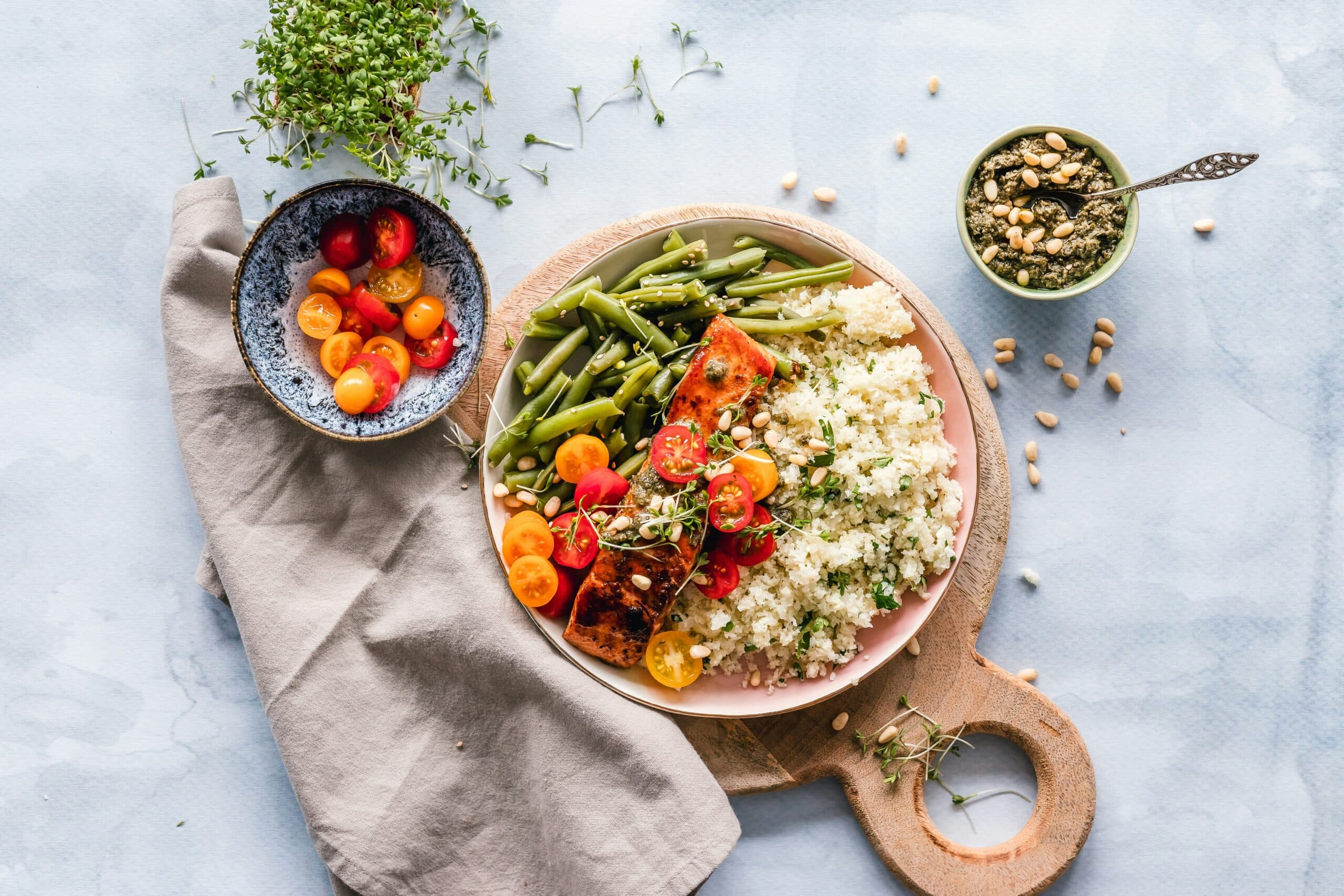
Nutrition Coaching vs. Diet Plans for Sustainable Results?
November 5, 2025
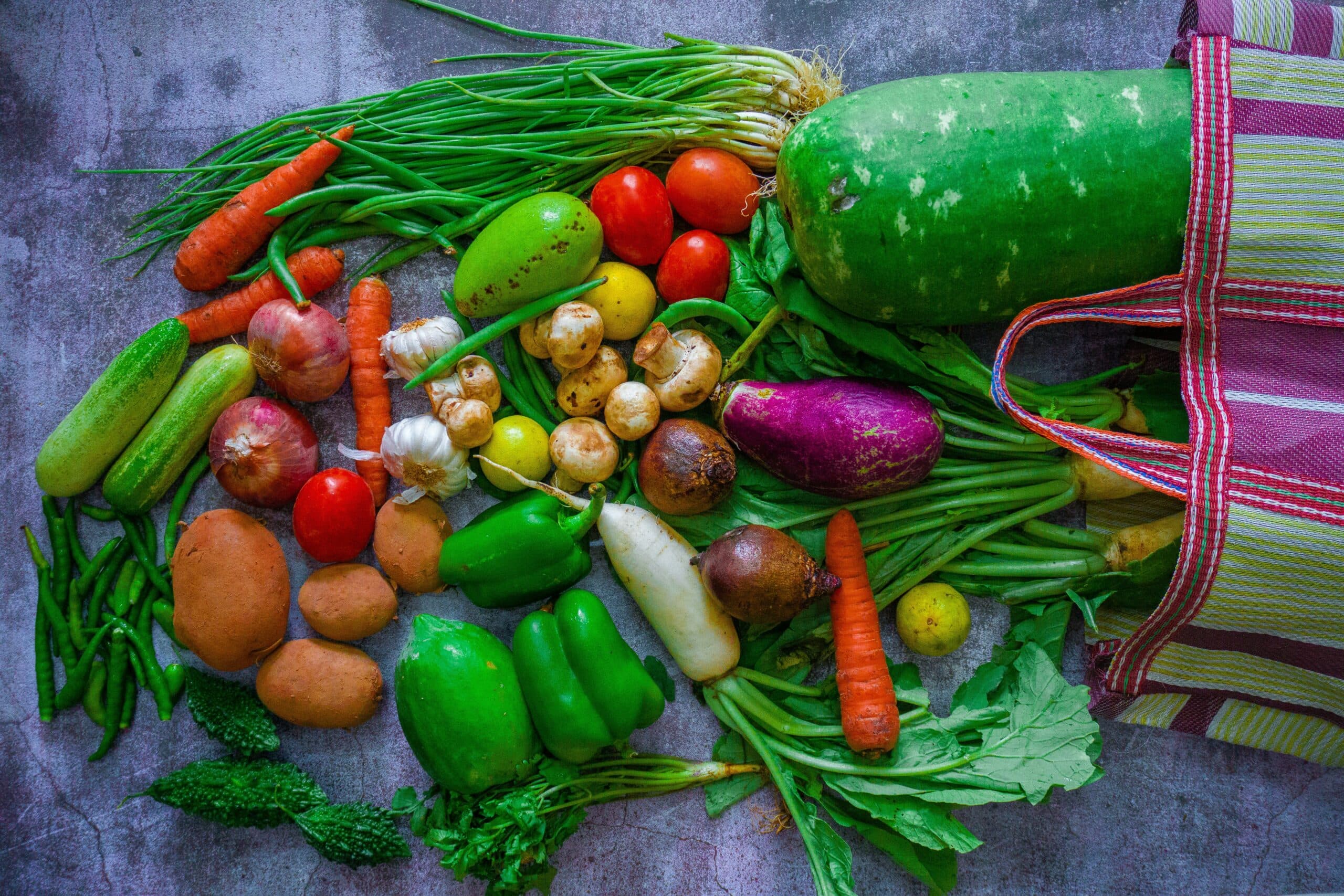
Seasonal Grocery Shopping: Eating in Season Boosts Nutrition
October 30, 2025

How to Grocery Shop for a Sustainable, Healthy Lifestyle
October 22, 2025
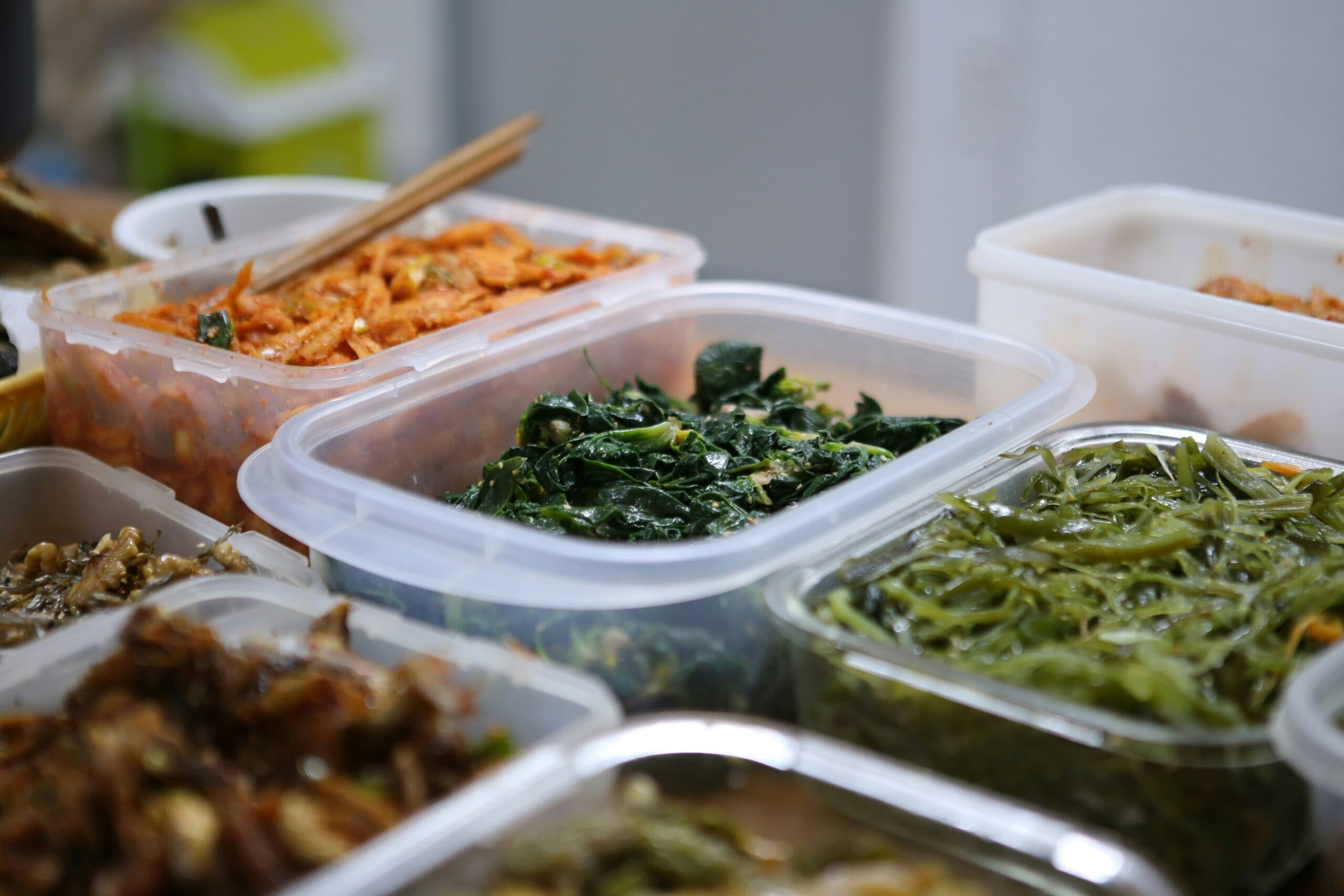
Meal Planning 101: Shop Smart for a Week of Healthy Meals
October 21, 2025
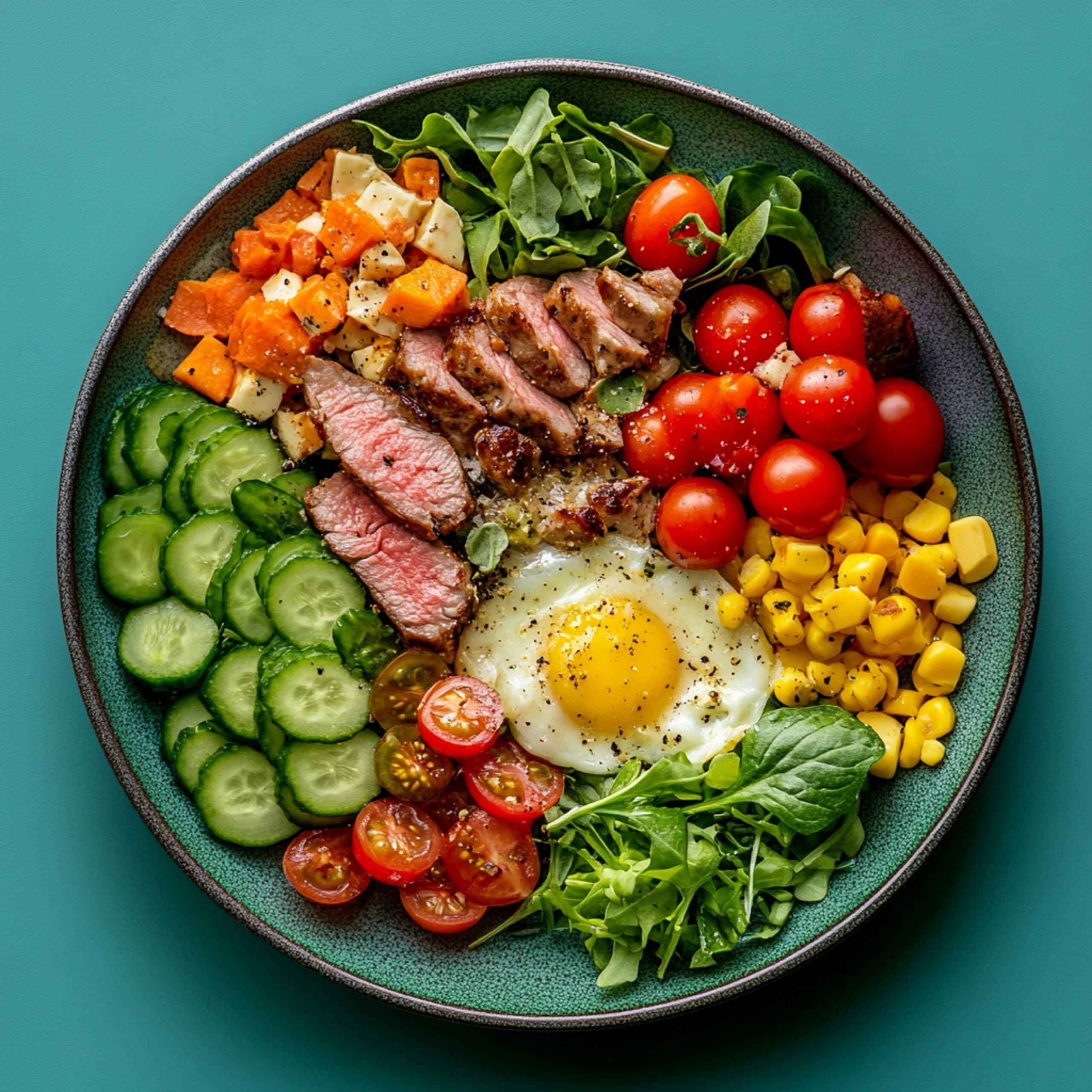
What is the Paleo Diet and How Could It Benefit You?
September 19, 2025
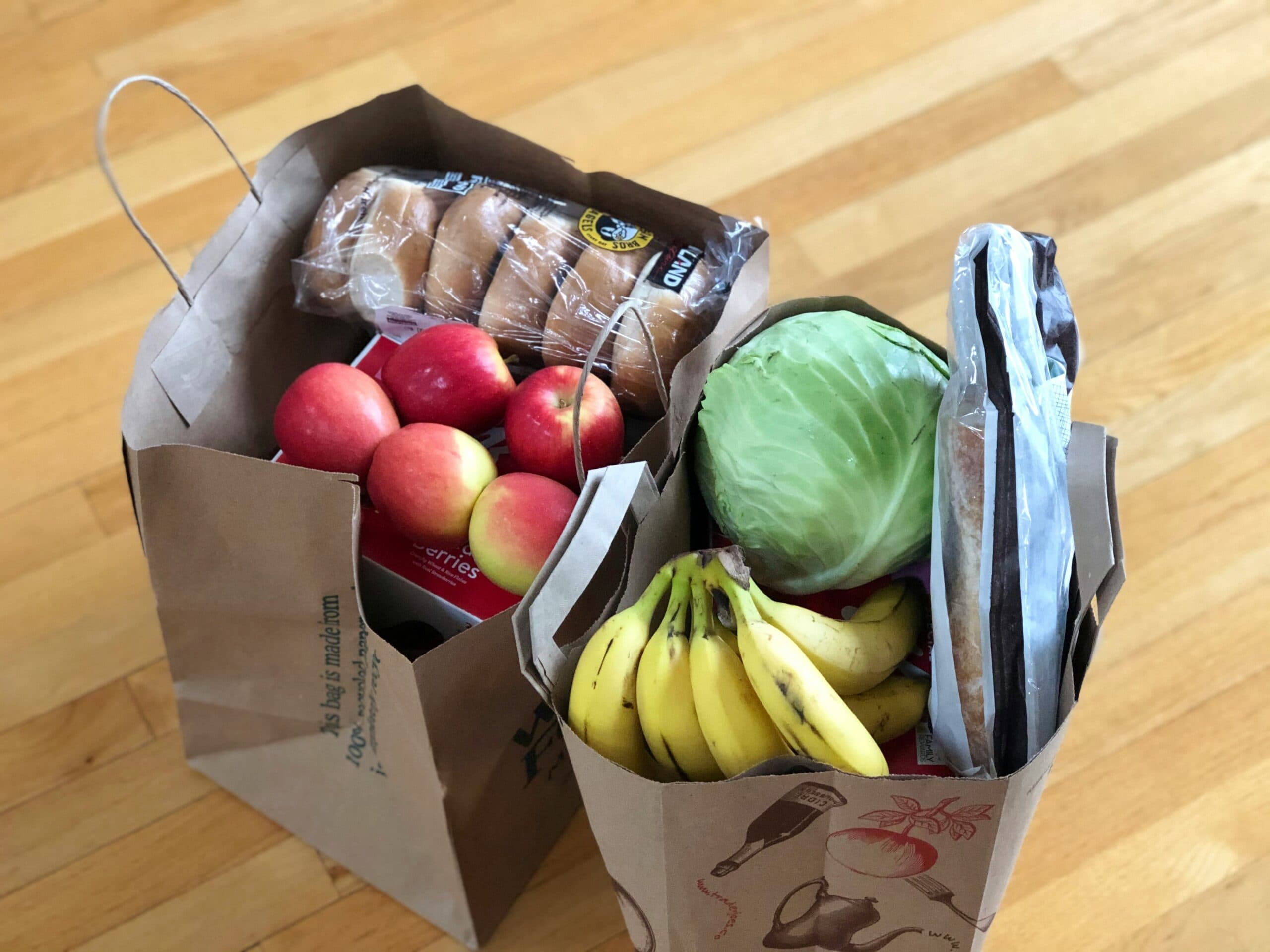
Healthier Grocery Shopping Choices: A Guide to Smarter Nutrition
September 18, 2025
